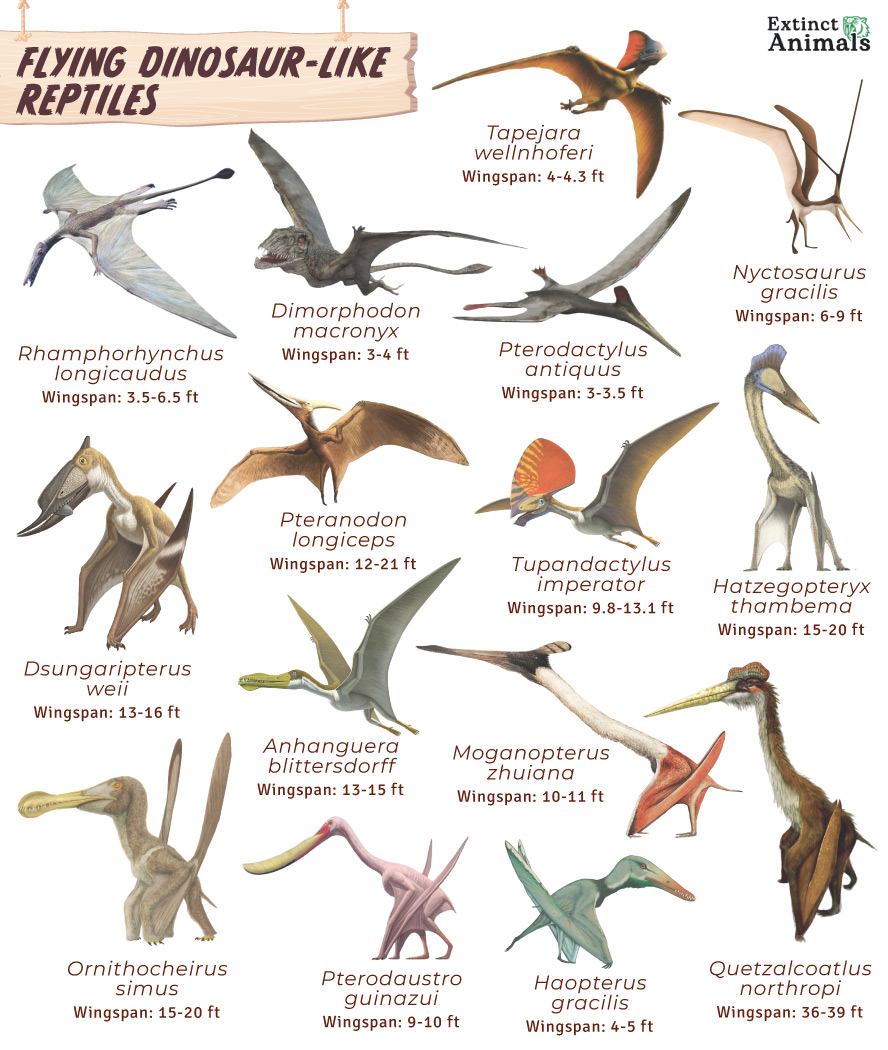
Dinosaurs, the colossal creatures that roamed the Earth millions of years ago, continue to captivate our imagination with their sheer size and mysterious past. Among these ancient giants, some stand out for their massive proportions, leaving us in awe of the wonders of prehistoric life. Here, we delve into the top 5 biggest dinosaurs ever discovered:

Argentinosaurus
- Size and Weight: Argentinosaurus is estimated to have measured around 100 feet in length and weighed approximately 70-100 tons, making it one of the largest land animals to have ever existed.
- Period: This colossal dinosaur lived during the Late Cretaceous period, about 94-97 million years ago.
- Habitat: Fossils of Argentinosaurus have been found in Argentina, South America, indicating that it once roamed the vast plains and forests of the region.
- Fossil Record: The fossil record of Argentinosaurus is limited, with only a few incomplete skeletal remains discovered, but its immense size has left a significant impression on paleontologists studying sauropod dinosaurs.
- Diet: Argentinosaurus was a herbivore, meaning it primarily fed on plants such as ferns, cycads, and conifers.
- Gestation Period: The gestation period of dinosaurs is not precisely known, as they lay eggs rather than give birth to live young.
- Location: Fossils of Argentinosaurus have been found in Argentina, South America, indicating that it once roamed the vast plains and forests of the region.
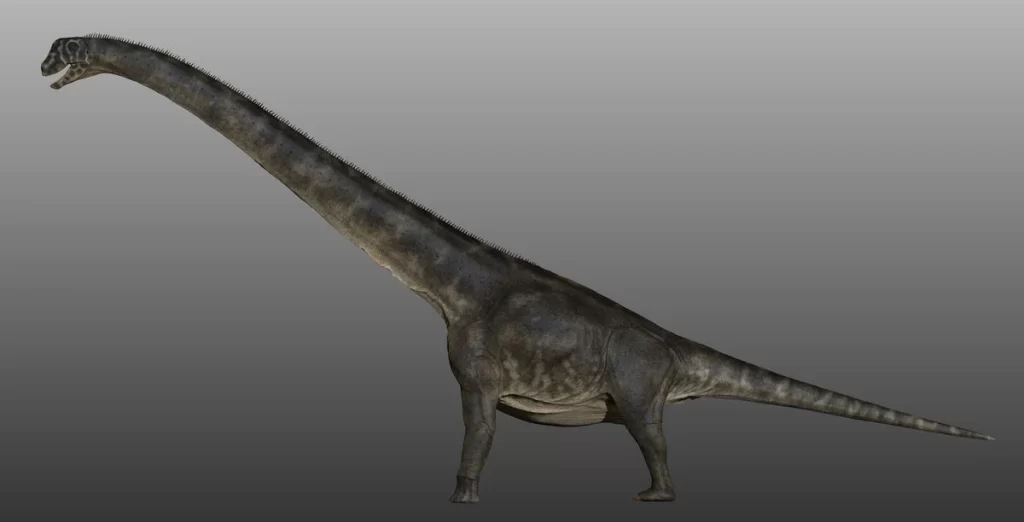
Sauroposeidon
- Size and Weight: Sauroposeidon is estimated to have reached lengths of up to 100 feet, rivaling the size of Argentinosaurus. It is believed to have weighed around 50-60 tons.
- Period: This gigantic dinosaur lived during the Early Cretaceous period, approximately 112-110 million years ago.
- Habitat: Fossils of Sauroposeidon have been discovered in North America, particularly in present-day Oklahoma and Wyoming, suggesting it inhabited lush, swampy environments.
- Fossil Record: The fossil record of Sauroposeidon is limited to a few incomplete skeletal remains, primarily consisting of neck vertebrae and other bones, making it challenging for scientists to reconstruct its full anatomy.
- Diet: Sauroposeidon was also a herbivore, using its long neck to reach high foliage in trees, likely consuming ferns, conifers, and other vegetation.
- Gestation Period: Similar to Argentinosaurus, the gestation period of Sauroposeidon is not precisely known due to the lack of direct evidence.
- Location: Fossils of Sauroposeidon have been discovered in North America, particularly in present-day Oklahoma and Wyoming, suggesting it inhabited lush, swampy environments.
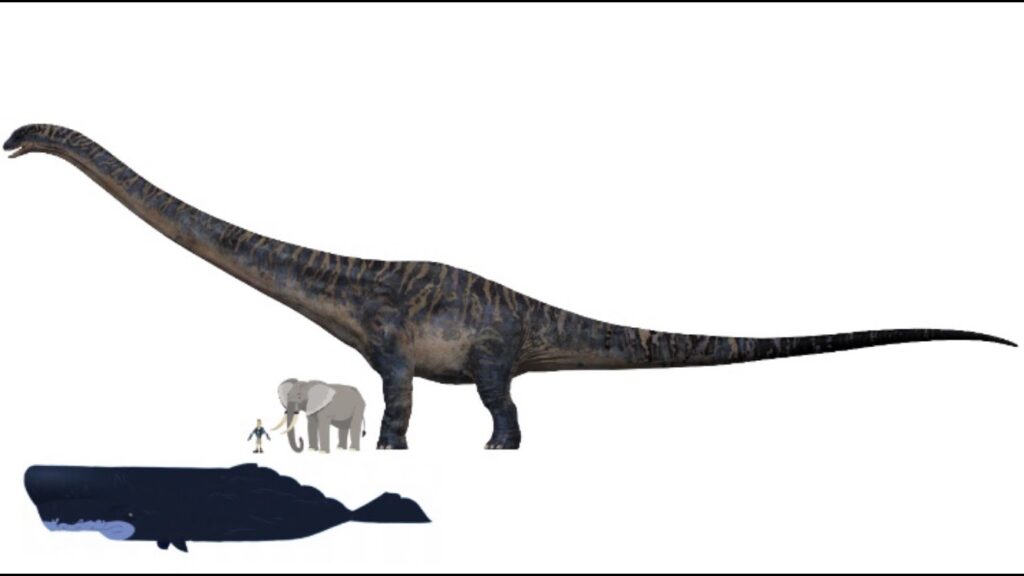
Dreadnoughtus
- Size and Weight: Dreadnoughtus is estimated to have measured around 85 feet in length and weighed approximately 65-85 tons, making it one of the most massive land animals known to science.
- Time Period: This enormous dinosaur lived during the Late Cretaceous period, approximately 77 million years ago.
- Habitat: Fossils of Dreadnoughtus have been found in Argentina, South America, suggesting it inhabited the lush, forested landscapes of the region.
- Fossil Record: The fossil record of Dreadnoughtus is relatively complete compared to other giant dinosaurs, with nearly 70% of its skeleton recovered, providing valuable insights into the anatomy and size of these colossal creatures.
- Diet: Dreadnoughtus was a large herbivorous dinosaur, likely consuming vast quantities of vegetation to sustain its massive size.
- Gestation Period: As with other dinosaurs, the gestation period of Dreadnoughtus remains unknown, but it is believed to have laid eggs like other sauropods.
- Location: Fossils of Dreadnoughtus have been found in Argentina, South America, suggesting it inhabited the lush, forested landscapes of the region
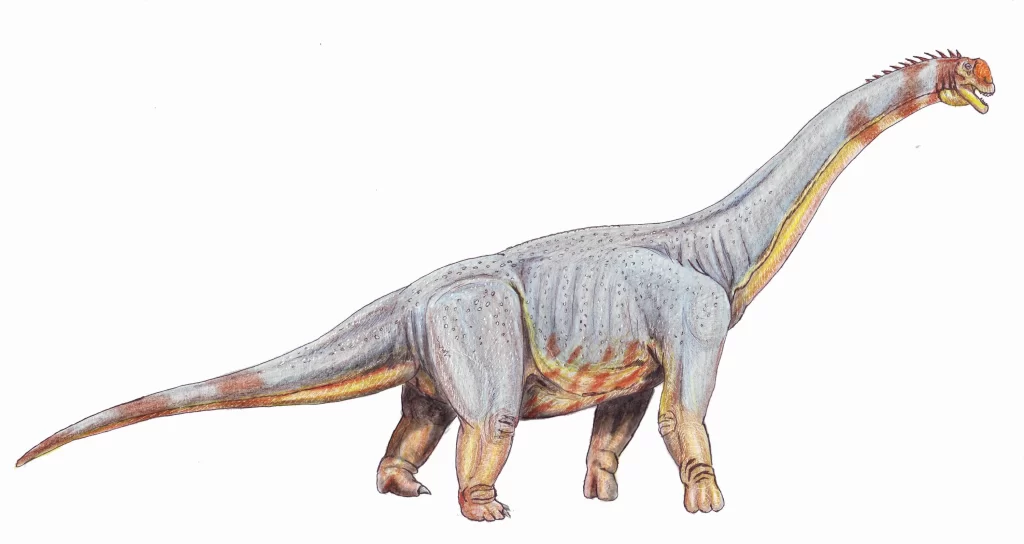
Paralititan
- Size and Weight: Paralititan is estimated to have measured around 85-100 feet in length and weighed approximately 59-69 tons, making it one of the largest known titanosaurs.
- Time Period: This massive dinosaur lived during the Early Cretaceous period, approximately 99-93 million years ago.
- Habitat: Fossils of Paralititan have been discovered in Egypt, indicating that it once inhabited the coastal regions and lush river valleys of the ancient supercontinent of Gondwana.
- Fossil Record: The fossil record of Paralititan includes several partial skeletons, including vertebrae, limb bones, and other skeletal elements, providing valuable information about its size and anatomy.
- Diet: Paralititan was a herbivore, feeding on a variety of plants, including ferns, cycads, and possibly palm-like plants.
- Gestation Period: The gestation period of Paralititan, like other dinosaurs, is not well understood due to the lack of direct evidence.
- Location: Fossils of Paralititan have been discovered in Egypt, indicating that it once inhabited the coastal regions and lush river valleys of the ancient supercontinent of Gondwana.
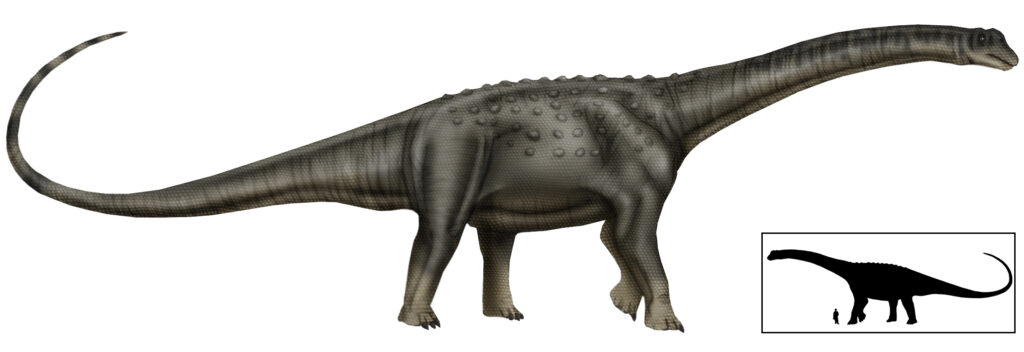
Puertasaurus
- Size and Weight: Puertasaurus is estimated to have measured around 100 feet in length and weighed approximately 80-100 tons, rivaling the size of Argentinosaurus.
- Period: This colossal dinosaur lived during the Late Cretaceous period, approximately 70-66 million years ago.
- Habitat: Fossils of Puertasaurus have been found in Argentina, South America, suggesting it inhabited the vast floodplains and forested regions of the region.
- Fossil Record: The fossil record of Puertasaurus is limited to a few incomplete skeletal remains, including vertebrae and limb bones, making it challenging for scientists to reconstruct its full
- Diet: Puertasaurus, like other titanosaurs, was a herbivore, likely consuming vast amounts of vegetation to support its massive body.
- Gestation Period: The gestation period of Puertasaurus is not known, but it would have laid eggs like other sauropod dinosaurs.
- Location: Fossils of Puertasaurus have been found in Argentina, South America, suggesting it inhabited the vast floodplains and forested regions of the region.
These five colossal dinosaurs represent some of the largest land animals to have ever walked the Earth, providing valuable insights into the diversity and evolution of prehistoric life. Despite the limited fossil record for some of these giants, their immense size continues to inspire awe and fascination among scientists and enthusiasts alike, reminding us of the grandeur of our planet’s ancient past.

